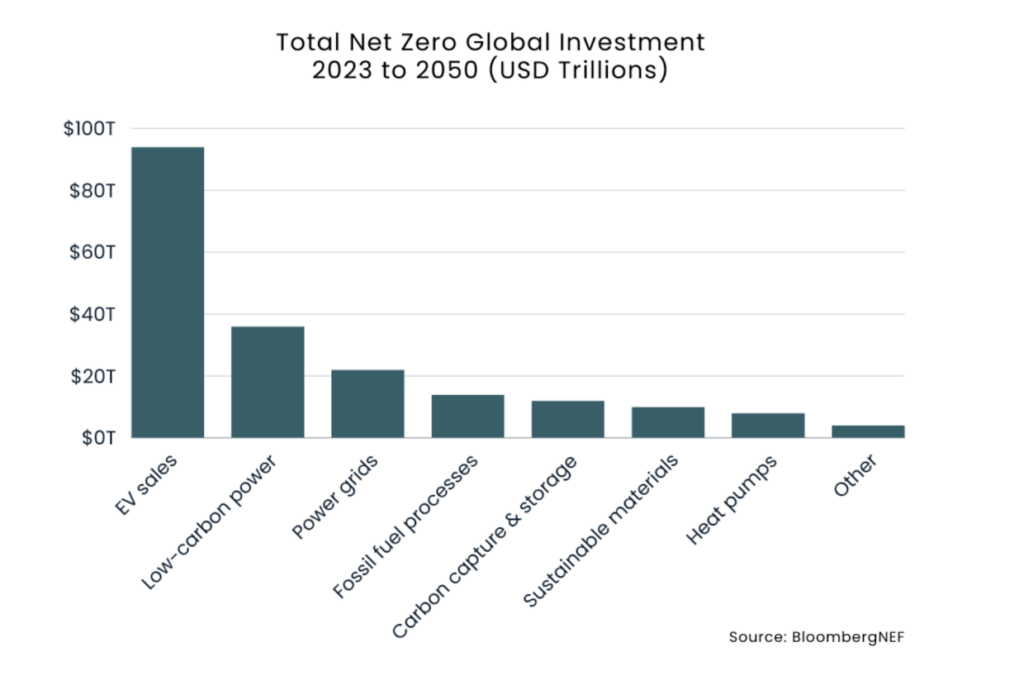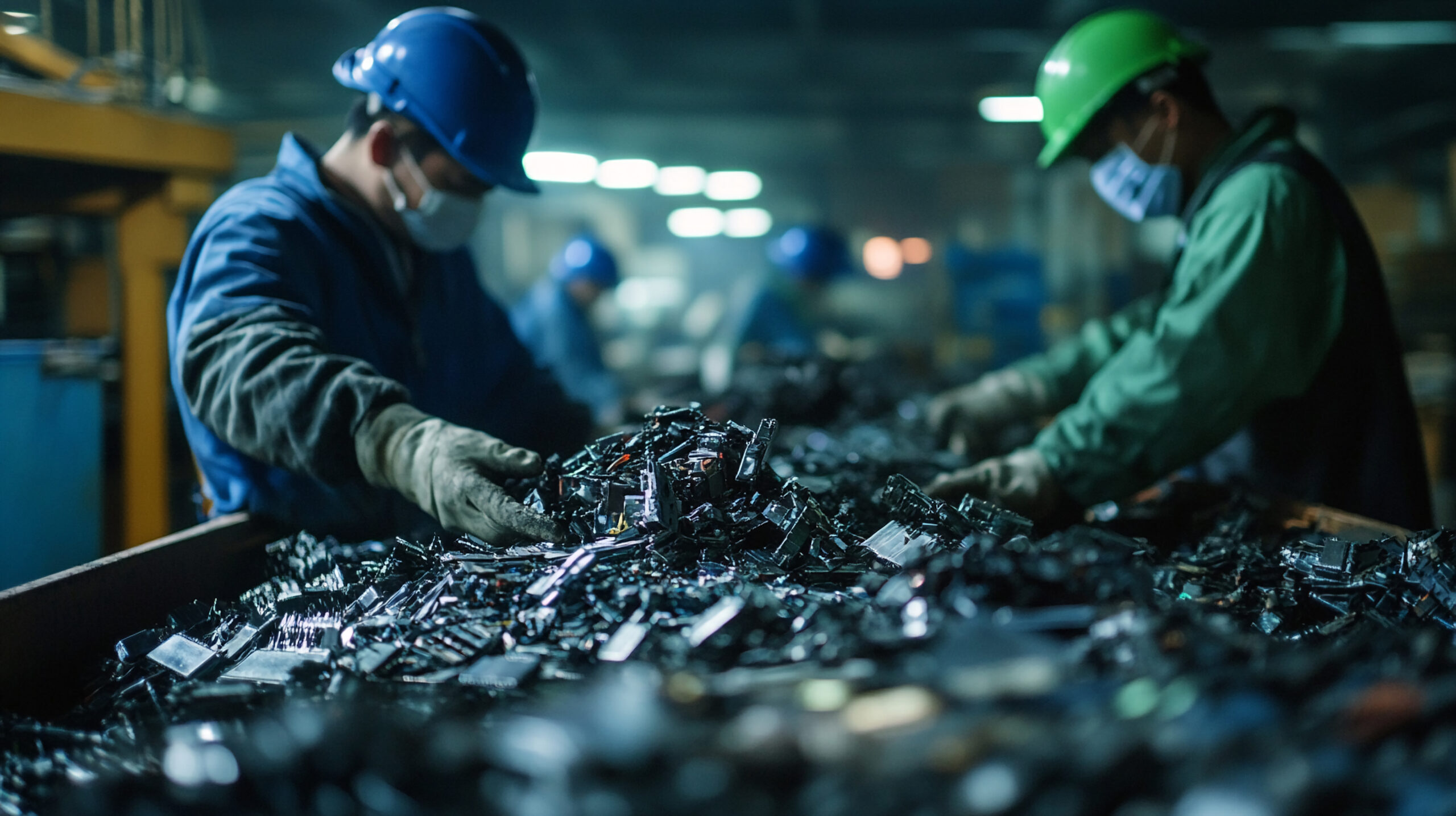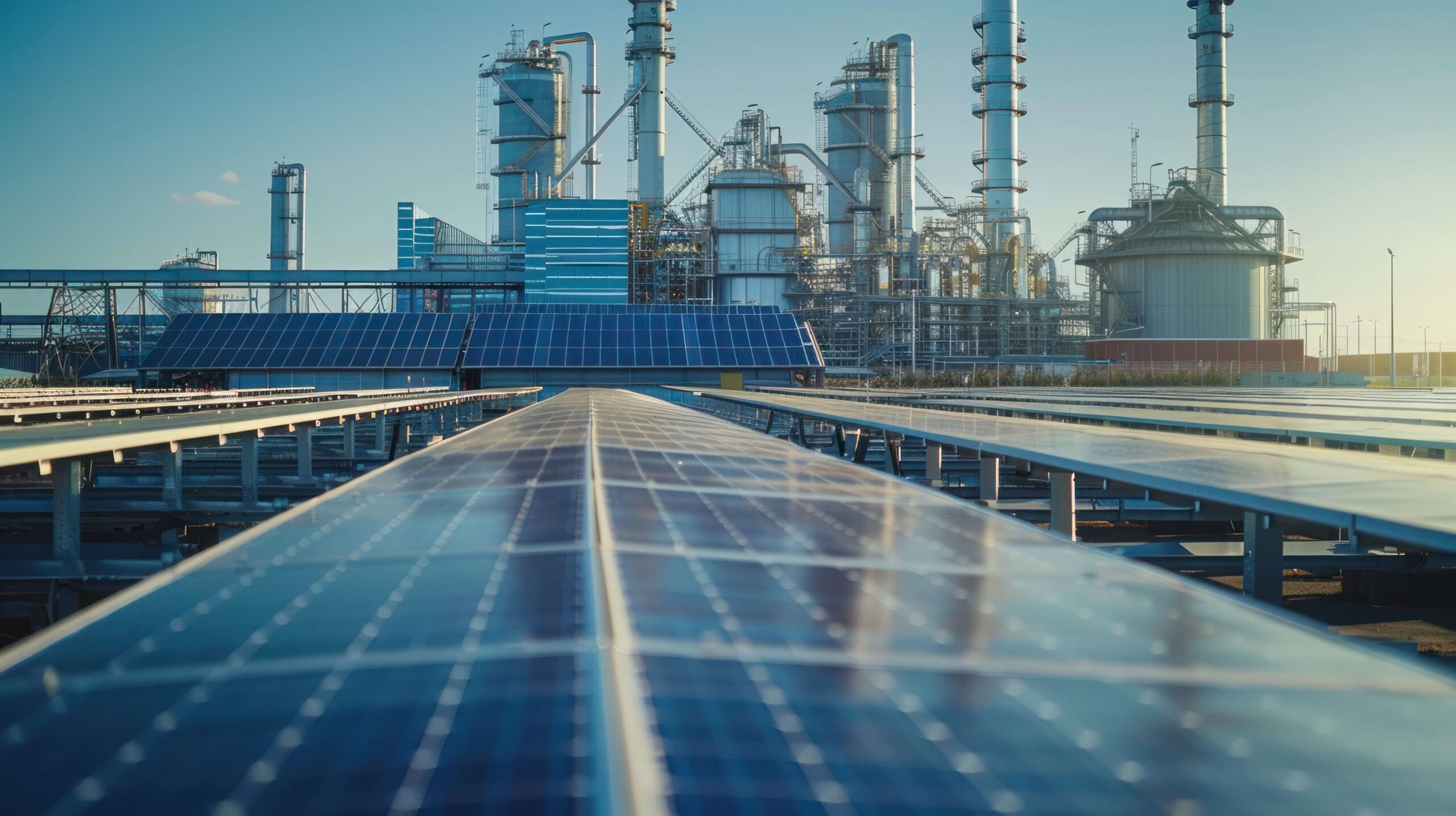The global energy transition marks a pivotal shift away from the world’s reliance on fossil fuels such as coal, oil, and natural gas, toward zero-carbon energy sources including wind, solar, hydro, geothermal, and nuclear. This transformation is driven by the urgent need to reduce carbon emissions, limit global warming, and safeguard the environment for future generations. However, achieving a successful energy transition is complex and requires a rethink of energy production, consumption, and critical resource use. In this first article of our new Energy Transition series, we will explore the fundamentals of the energy transition, the critical role mining plays in enabling renewable technologies, and how innovation is needed to reach net-zero goals set for 2050.
- What is the energy transition?
- What is the role of mining in the energy transition?
- How can innovation impact net-zero goals?
What is the energy transition?
The energy transition is the process of moving away from fossil-fuel-based energy systems, which have been the backbone of industrial society for over a century. A diversified mix of zero emission energy sources is vital to achieving global climate goals, most notably the widely adopted target of net-zero emissions by 2050. The transition also involves increasing energy efficiency, electrifying transportation, and implementing smart grid technologies to better manage energy demand and distribution.
One of the key drivers behind the energy transition is the need to drastically cut global greenhouse gas (GHG) emissions. Currently, the energy sector is the largest contributor to GHG emissions, primarily due to the burning of fossil fuels for electricity, heat, and transportation. To combat this, renewable energy such as solar and wind, that generate power without producing emissions, are essential for decarbonizing the energy system.
In addition to environmental benefits, renewable energy technologies are becoming more economically viable. The cost of producing electricity from wind and solar has plummeted in recent years, making these options more competitive compared to traditional fossil fuels, and will only improve as innovative new technologies optimize production and storage. However, it requires not only the large-scale adoption of renewable technologies but also careful management of the critical mineral supply chains to meet net-zero goals.
What is the role of mining in the energy transition?
Mining plays a pivotal role in enabling the energy transition, as renewable technologies require a vast array of critical minerals. The demand for these minerals, such as copper, lithium, nickel, and aluminum is skyrocketing as the world shifts to cleaner energy systems. Electric vehicles (EVs), solar panels, wind turbines, and battery storage systems depend on these minerals, making them essential for achieving global climate goals. Demand for copper will increase significantly, driven by its use in power generation, EVs, energy storage, and energy distribution.
Demand is projected to grow over 100% by 2050 in scenarios aligned with net-zero targets. Lithium, vital for battery technology, especially in EVs and energy storage systems, is expected to see even more dramatic increases. By 2050, lithium demand could surge by as much as over 50 times today’s levels, particularly as advanced battery technologies are deployed. Lithium-ion batteries, central to the EV revolution, are driving this growth, making lithium one of the most critical minerals of the energy transition. Similarly, nickel, which enhances the energy density and performance of EV batteries, could see a 150% increase in demand by 2050. This rise will be driven by the growing need for long-range EVs and energy storage solutions. Aluminum is also seeing increased demand as it is used in everything from EV frames to solar panel structures, where its lightweight and conductive properties are essential.
The increase in demand for these critical minerals shows the enormous role that mining must play in delivering the energy transition. By providing the raw materials required for renewable energy systems, the mining industry will be at the forefront of the energy transition, helping to accelerate the global shift towards a low-carbon future. However, the mining industry faces the dual challenge of expanding production to meet this demand while significantly reducing its own carbon footprint at the same time. It is clear that incremental changes to existing mineral extraction processes are not sufficient and innovation is a vital tool that will shape the next chapter in mining and enable the energy transition.
How can innovation impact net-zero goals?
A successful energy transition will require a huge investment in renewable-energy infrastructure and innovation. The rapid scaling of renewable energy technologies needs to be accompanied by advancements in energy storage, grid management, and the use of more efficient materials. Improving battery technology is essential for addressing the intermittent nature of renewable sources like solar and wind, and researchers are working on alternatives to today’s batteries to achieve higher energy densities and faster charging times. Breakthroughs in carbon capture and storage (CCS) technologies are crucial for mitigating emissions from industries that are difficult to decarbonize, such as steel and cement production. Innovation in recycling, especially of critical minerals like copper, lithium, and cobalt, is paramount. As demand for these materials increases, recycling will become essential for reducing the strain on natural resources and minimizing the environmental impact of mining.
Mining operation and process innovation will support and compound these advancements even further. I-ROX has developed innovative technology to optimize the comminution component of the mining process, which drastically reduces energy use and emissions while also increasing the recovery of valuable minerals. I-ROX uses pulsed power to create electrical arcs which pass through mineral ore, bursting it from the inside to recover minerals ready for froth floatation – the critical mineral processing technology that underpins the extraction of valuable metals like copper, lead, and zinc, as well as strategic resources like lithium and rare earth elements. I-ROX aims to reduce energy consumption by up to 80% while increasing mineral recoveries by up to 5%. The potential value is game changing – reduced energy and consumables costs with higher recoveries would generate $18 billion per year for the copper industry alone. In addition to the cost savings, the reduction in energy consumption has a corresponding abatement potential of 400Mt CO2e.

The energy transition is critical to addressing climate change and securing a sustainable future. It requires not only the large-scale adoption of renewable technologies but also careful management of the critical mineral supply chains and urgent action to meet net-zero goals. With a combination of decisive action, investment, and innovation we can build a future that is both sustainable and resilient. Time is of the essence, and the world must work together to innovate solutions and accelerate the transition toward a clean-energy future.
- Explore the next article in our Energy Transition series: Clean Energy Technologies – Powering the Future
I-ROX is open to industry input, collaboration and support – both financially and technically. If you are interested in discussing pulsed-power technology, or any other element of collaboration, please contact us for more information.





